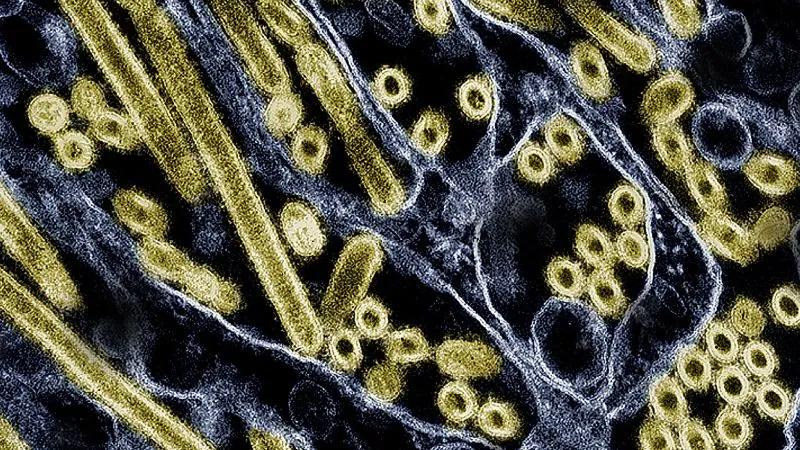
Alarm Grows as More Health Care Workers Report Symptoms After Caring for Missouri Bird Flu Patient
2024-09-27
Author: Jia
Alarm Grows as More Health Care Workers Report Symptoms After Caring for Missouri Bird Flu Patient
In an unsettling update from the US Centers for Disease Control and Prevention (CDC), four additional health-care workers who attended to a patient hospitalized with the H5N1 bird flu have reported respiratory symptoms following their exposure. This revelation raises concerns as the total number of symptomatic health care personnel now stands at six.
Among these affected, one worker had what is classified as high-risk contact with the patient. This means they provided care before the implementation of protective measures, like mandatory mask-wearing. The three other workers experienced low-risk contact after these precautions were established. Alarmingly, none of these workers were tested for influenza at the time their symptoms arose.
The probe into these incidents underscores the seriousness of the situation. A total of 18 health-care workers have been identified as having high-risk exposure to the bird flu patient, while 94 more had instances of low-risk contact, according to the CDC. Fortunately, the six workers who have reported symptoms did not experience severe illness, and their symptoms have since resolved. One of them tested negative for influenza during their illness, while the remaining five will undergo blood tests to check for antibodies against the H5N1 virus, which may indicate prior infection.
It has now been three weeks since officials announced that this patient, who had no reported contact with animals, tested positive for H5N1—the 14th confirmed human case of this virus in the United States since April. In contrast, the remaining 13 cases were primarily linked to farm workers who came into direct contact with infected livestock, particularly dairy cows and chickens. Investigations are ongoing to ascertain the cause of the Missouri patient's infection, led by state health authorities with support from the CDC.
Despite these emerging cases, it is important to note that none of the confirmed H5N1 infections in the U.S. are known to have resulted in human-to-human transmission—which would be a cause for significant concern, implying potential changes in the virus making it more infectious among humans.
In an effort to monitor the broader impact of influenza, the CDC has also unveiled a new wastewater testing method to help distinguish H5 viruses from other strains of influenza A. This innovation will be particularly crucial as the flu season approaches and the prevalence of influenza A in wastewater increases.
For now, health officials continue to reassure the public by emphasizing that the immediate risk from the H5N1 bird flu remains low. However, vigilance and ongoing surveillance are critical as we navigate this precarious health landscape.

 Brasil (PT)
Brasil (PT)
 Canada (EN)
Canada (EN)
 Chile (ES)
Chile (ES)
 España (ES)
España (ES)
 France (FR)
France (FR)
 Hong Kong (EN)
Hong Kong (EN)
 Italia (IT)
Italia (IT)
 日本 (JA)
日本 (JA)
 Magyarország (HU)
Magyarország (HU)
 Norge (NO)
Norge (NO)
 Polska (PL)
Polska (PL)
 Schweiz (DE)
Schweiz (DE)
 Singapore (EN)
Singapore (EN)
 Sverige (SV)
Sverige (SV)
 Suomi (FI)
Suomi (FI)
 Türkiye (TR)
Türkiye (TR)